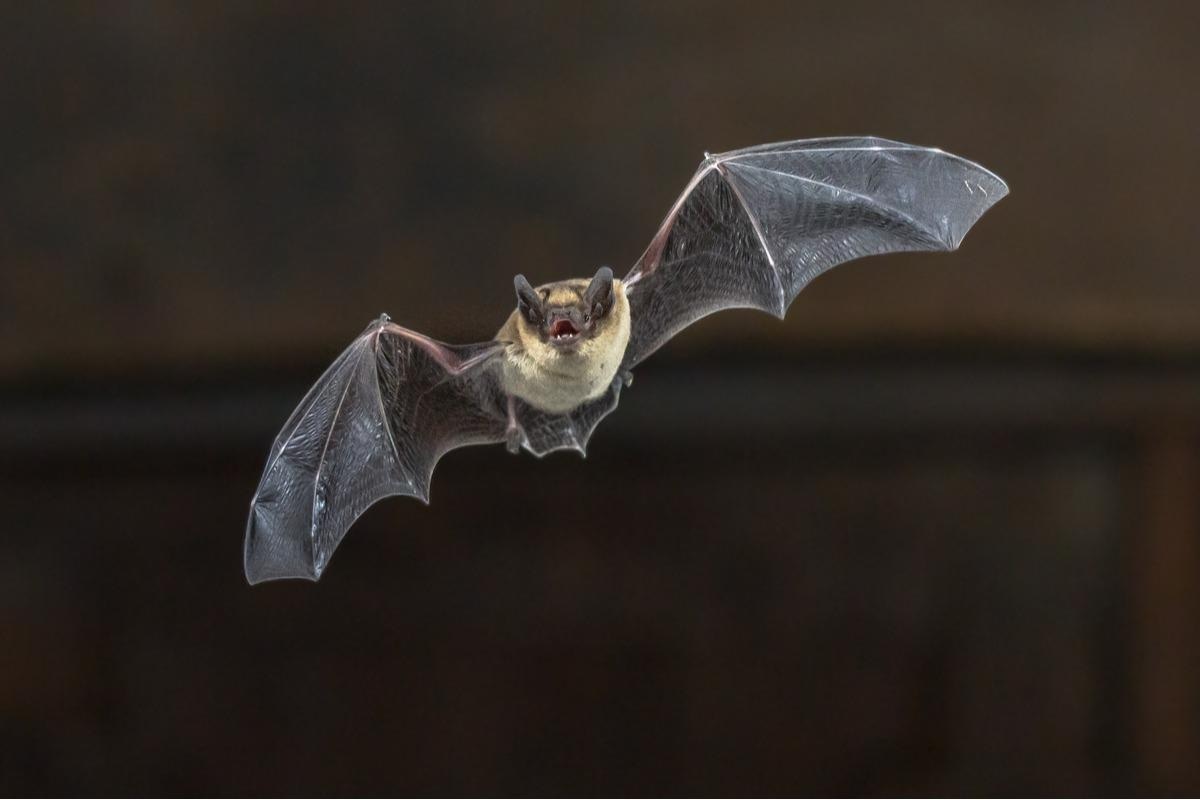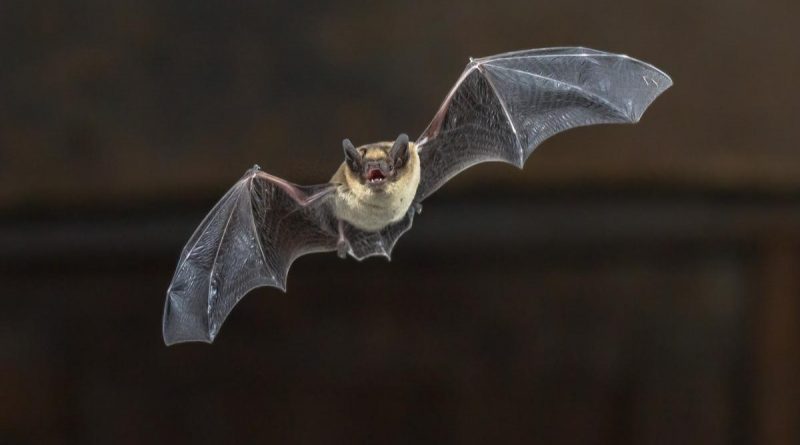Exploring evolutionary trajectories of SARS-CoV-2 interacting proteins in bats and primates
In a recent study posted to the bioRxiv* pre-print server, researchers performed high-throughput evolutionary analyses of genes encoding 334 severe acute respiratory syndrome coronavirus 2 (SARS-CoV-2) viral-interacting proteins (VIPs) of modern humans, primates, and bats, followed by comprehensive functional-genetic analyses of seven VIPs of interest.

Background
During infection, SARS-CoV-2 interacts with VIPs that counteract viral infection rapidly to become fixed in host populations; in response, the host triggers VIPs into cyclical counter-adaptation cycles forming virus-host molecular arms races.
The arms races are characterized by signatures of accelerated evolutionary rates or positive selection. Thus, comparative functional genomics is a powerful approach for identifying the VIPs with signatures of positive selection and discovering host-virus interfaces that regulate infections in the bat reservoir and the primate host.
Several in vitro approaches, such as clustered regularly interspaced short palindromic repeats (CRISPR)/gene knockout (KO) screens, complementary DNA (cDNA) library screens, or mass spectrometry (MS) analyses, have helped researchers identify hundreds of SARS-CoV-2 VIPs. However, studies have not elucidated the role of the identified SARS-CoV-2 VIPs in vivo.
About the study
In the present study, researchers identified VIPs with signatures of adaptive evolution accumulated in VIP genes due to past epidemics. They also mapped VIPs with similar and different evolution and genetics in the human versus the zoonotic reservoir host.
The team used the Detection of Genetic INNovation (DGINN) bioinformatic pipeline to perform the positive selection analyses across the large dataset of bat and primate homologs from the National Center for Biotechnology Information (NCBI) database.
DGINN automatically retrieved the data and combined several methods for the analysis, screen duplication events, and identify gene orthologs and potential paralogs, as well as recombination events. Further, the DGINN curated the coding sequences and performed a codon-alignment, followed by phylogenetic reconstruction.
The researchers compared the omega parameter of each VIP in primates and bats, measured rates of codon substitutions, and estimated whether the whole gene or a codon was evolving under positive selection. Finally, they uploaded the sequence alignments, phylogenetic trees, and gene- and site-specific positive selection results to an open-access web application VirHostNet 2.0.
Study findings
Overall, there were 81 primates and 38 bat VIPs identified with evidence of positive selection. The authors also found that genes with an elevated omega parameter in primates had an overall rapid evolution in bats. Further, the pathway enrichment analysis showed that positively selected VIPs were strongly associated with cell cycle control, indicating that the cell division control, and centrosome-regulated cell polarization, were needed by SARS-CoV in vivo.
Among positively selected VIPs, 17 VIP encoding genes, including angiotensin-converting enzyme 2 (ACE2), the integrin beta-1 (ITGN1), and POLA1, represented the core SARS-CoV-2 VIPs with adaptive marks in both mammalian orders, bats, and primates, indicating that past SARS-CoV epidemics occurred during the evolution of both bats and primates.
Further, the authors identified 84 genes that evolved through distinct, lineage-specific adaptations, of which, 64 VIPs were under positive selection only in primates and 20 in bats. These VIPs, including transmembrane serine protease 2 (TMPRSS2), receptor-interacting serine/threonine-protein kinase 1 (RIPK1), FYVE and coiled-coil domain autophagy adaptor 1 (FYCO1), zinc finger protein 318 (ZNF318), and the prim-pol primase complex, most likely contributed to SARS-CoV pathogenicity in different mammalian hosts.
The authors observed that the amino acid (aa) residues involved in phosphorylation and ubiquitination of the inflammatory RIPK1 rapidly evolved in bats but not in primates, indicating different inflammation regulation in bats vs. humans. Furthermore, the aa residues with typical virus-host arms-race marks in primates, such as TMPRSS2 or FYCO1, pointed to important host-specific in vivo interfaces that might be drug targets.
Notably, FYCO1 had undergone positive selection in primates but not in bats, as confirmed by comprehensive positive selection analyses. FYCO1 sites under adaptation in primates were associated with severe coronavirus disease 2019 (COVID-19), indicative of their importance in pathogenesis and replication.
Conclusions
The study demonstrated that several host factors were similar and different between the bat reservoirs and the primate hosts, some of which represented the key in vivo virus-host determinants and drug targets. More importantly, the study identified intrinsically different interactomes in distant SARS-coronaviruses (SARS-CoV) hosts, bats, and primates, driven by ancient epidemics of pathogenic SARS-CoVs. In other words, the core VIPs and past CoV epidemics shaped universal SARS-CoV-host molecular arms races.
Therefore, SARS-CoVs might have evolved different cellular proteins in the primates versus the bats. For instance, the recent SARS-CoV-2 variant of concern (VOC) Omicron adapted to enter the human host through a TMPRSS2-dependent and -independent route, showing intra-host species plasticity at these interfaces.
The functional adaptations by SARS-CoV-2 revealed differences in susceptibility to SARS-CoV-2 infections and key determinants of COVID-19 severity in modern humans.
*Important notice
bioRxiv publishes preliminary scientific reports that are not peer-reviewed and, therefore, should not be regarded as conclusive, guide clinical practice/health-related behavior, or treated as established information.
- Marie Cariou, Lea Picard, Laurent Gueguen, Stephanie Jacquet, Andrea Cimarelli, Oliver I Fregoso, Antoine Molaro, Vincent Navratil, Lucie Etienne. (2022). Distinct evolutionary trajectories of SARS-CoV-2 interacting proteins in bats and primates identify important host determinants of COVID-19. bioRxiv. doi: https://doi.org/10.1101/2022.04.07.487460 https://www.biorxiv.org/content/10.1101/2022.04.07.487460v1
Posted in: Medical Science News | Medical Research News | Disease/Infection News
Tags: ACE2, Amino Acid, Angiotensin, Angiotensin-Converting Enzyme 2, Autophagy, Biotechnology, Cell, Cell Cycle, Cell Division, Codon, Coronavirus, Coronavirus Disease COVID-19, covid-19, CRISPR, DNA, Enzyme, Evolution, Gene, Gene Knockout, Genes, Genetic, Genetics, Genomics, in vitro, in vivo, Inflammation, Kinase, Knockout, Mass Spectrometry, Omicron, Palindromic Repeats, Phosphorylation, Protein, Receptor, Respiratory, SARS, SARS-CoV-2, Serine, Severe Acute Respiratory, Severe Acute Respiratory Syndrome, Spectrometry, Syndrome, Threonine, Virus, Zinc

Written by
Neha Mathur
Neha is a digital marketing professional based in Gurugram, India. She has a Master’s degree from the University of Rajasthan with a specialization in Biotechnology in 2008. She has experience in pre-clinical research as part of her research project in The Department of Toxicology at the prestigious Central Drug Research Institute (CDRI), Lucknow, India. She also holds a certification in C++ programming.
Source: Read Full Article



